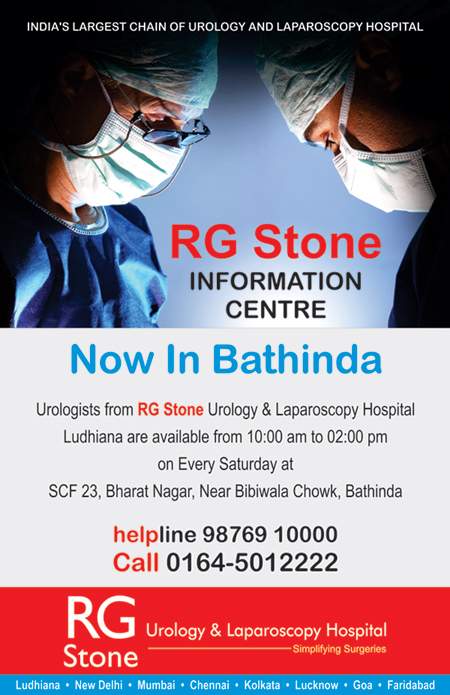Diabetes: Reversing the irreversible
There is nothing new in acknowledging “diabetes” as a looming health crisis despite many recent advances in medicine and technology. Apart from being a pocket pincher, it has been identified as an incurable and progressive chronic disease, requiring medicines and insulin for the rest of life. It is looked upon as a life sentence once the diagnosis is made.
To give it a little sigh, a new section has been added in the 2016 WHO global report on “Diabetes Reversal”, a promising way to save the lives of many patients caught in this unprecedented epidemic.
Basics in diabetes, an old story yet relevant-
Known by “lifestyle disease” or simply “sugar” in common parlance, diabetes is a condition characterized by chronically elevated blood sugar levels. The mechanism behind high sugar varies depending on the type of diabetes. The major chunk of the disease is made by type 2 diabetes. The main driving force is “Insulin Resistance”, which means the body has normal insulin production but cells are resistant to its actions. All this has been linked to obesity, physical inactivity, and consumption of high-calorie foods.
What is diabetes reversal?
Means achieving glucose level below the diabetic range in the absence of active pharmacologic or surgical therapy. It’s more like inducing a drug-free period of remission in the already diagnosed patients.
Methods of reversal?
Bariatric surgery has a well-documented role in diabetes reversal. The basic idea in reversibility is to target the root cause that is insulin resistance. By achieving substantial weight loss, one can reduce the fat inside body cells and make it more sensitive to insulin action. This includes an intensive phase of strict calorie restriction and the burning of fats. Everyone knows that diet and exercise are the cornerstones for the treatment of all lifestyle diseases including diabetes. But unfortunately, many of the diabetics don’t aim for reversibility at any point of treatment. Reasons being unawareness and lack of self-motivation. Successful attempts of reversibility have been observed in type 2, obese patients, and even diabetes of 6 yrs duration.
Roadmap for reversibility
- Aim for significant weight reduction
- Cut down calories consumption to around 700-800/day
- Indulge in at least moderate-intensity exercise (2-21/2 hrs /week)
- Say NO to ALL sugar
- Eliminate refined carbohydrates (flour, white rice, pasta) from your diet.
- Stick to whole, natural, unprocessed foods
- Include high-quality proteins and fats with each meal
- Choose healthy, natural, omega3 fats –nuts, avocados, almonds, flaxseed, and whole eggs
- Opt for intermittent fasting or time-restricted feeding i.e going empty stomach for a set amount of time in a day
- Beware of illegally marketed formulations which claim to cure diabetes
It’s high time to stimulate interest in achieving remission as a treatment target at both provider and patient-level by addressing the root cause. A stern move by all of us can definitely revolutionize the way diabetes will be treated in the coming years.

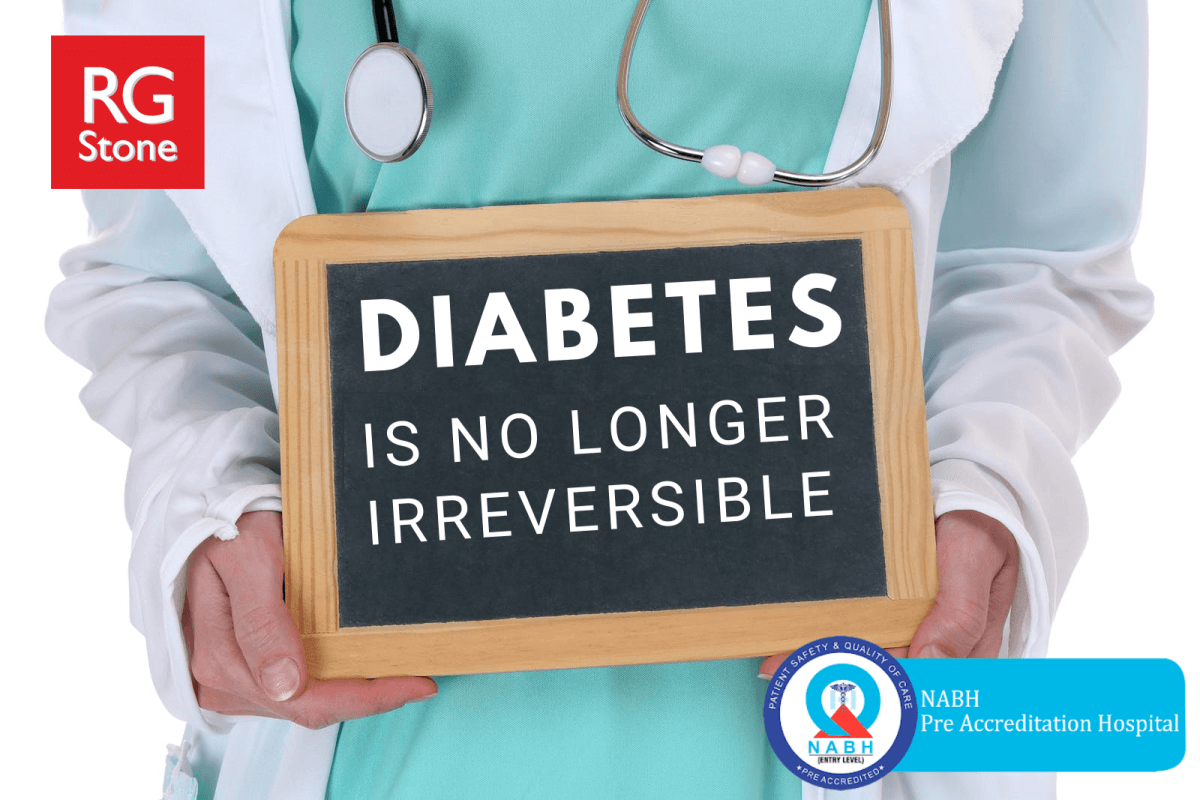
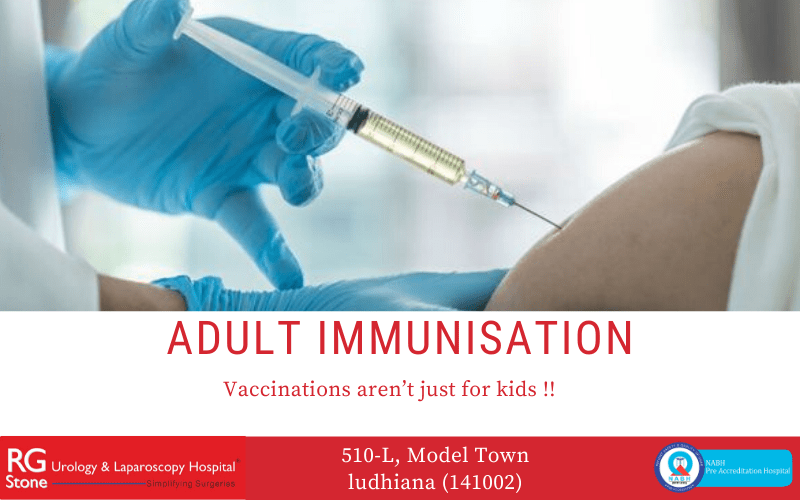
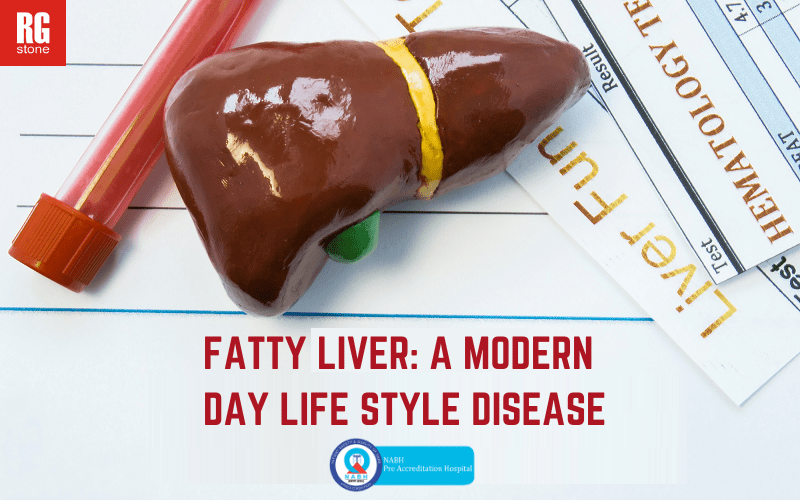
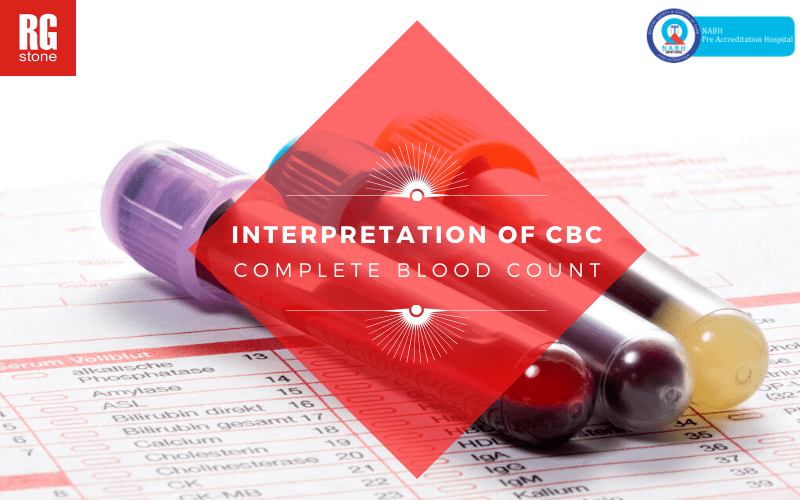
 RG Stone has become the first hospital in Ludhiana to get Safe-I certificate from National Accreditation Board for Hospitals & Healthcare Providers (NABH).
RG Stone has become the first hospital in Ludhiana to get Safe-I certificate from National Accreditation Board for Hospitals & Healthcare Providers (NABH). 